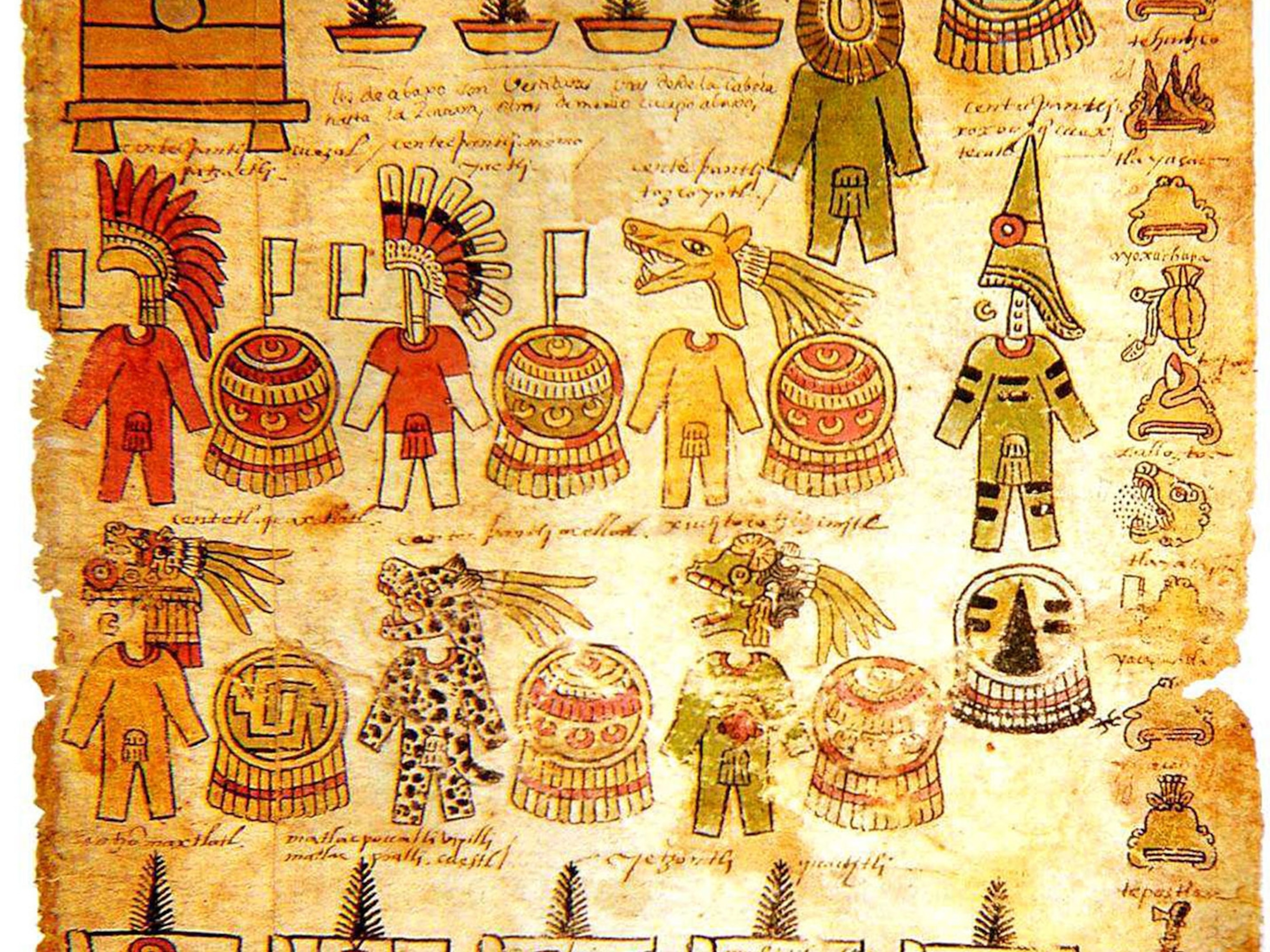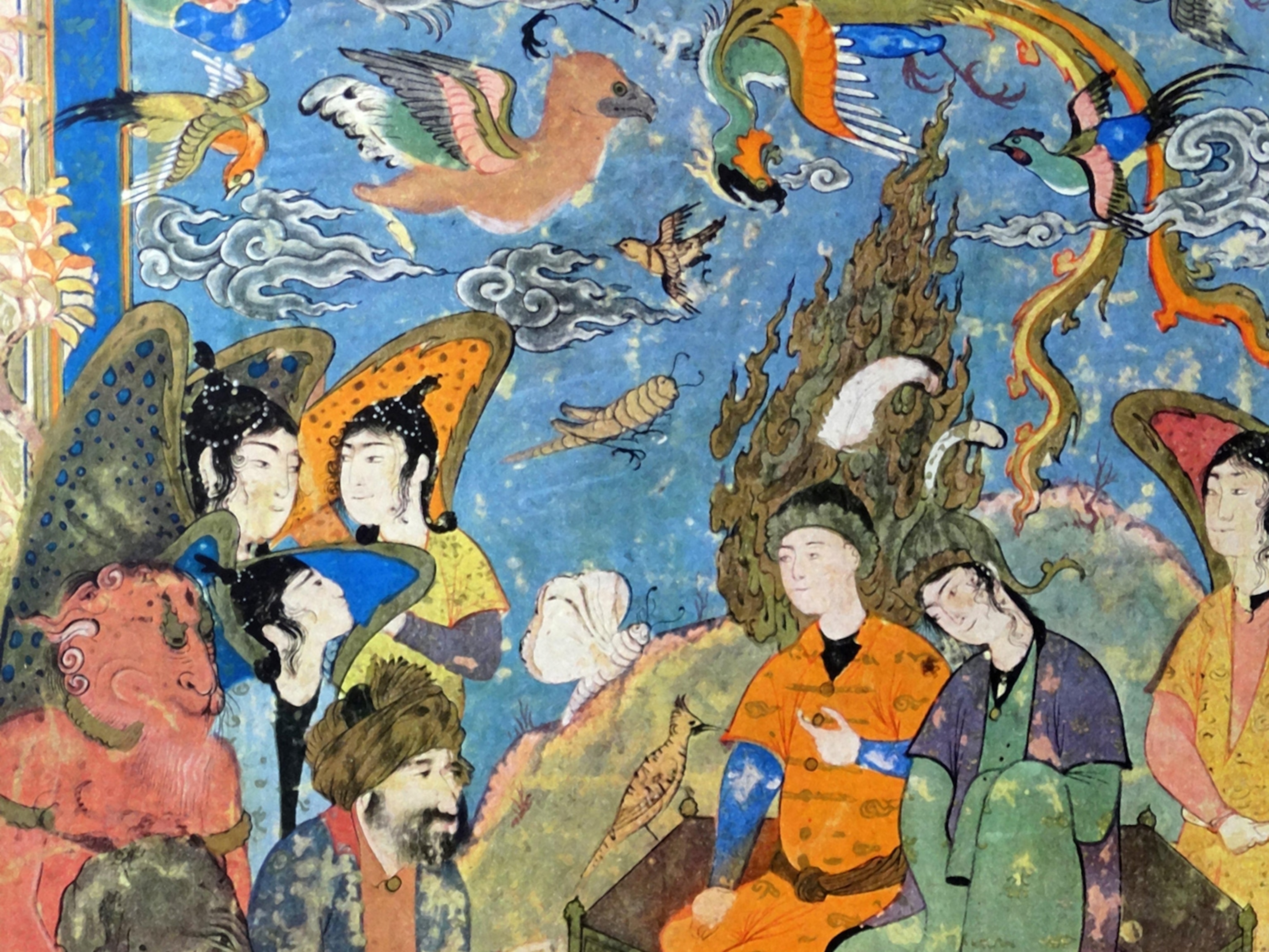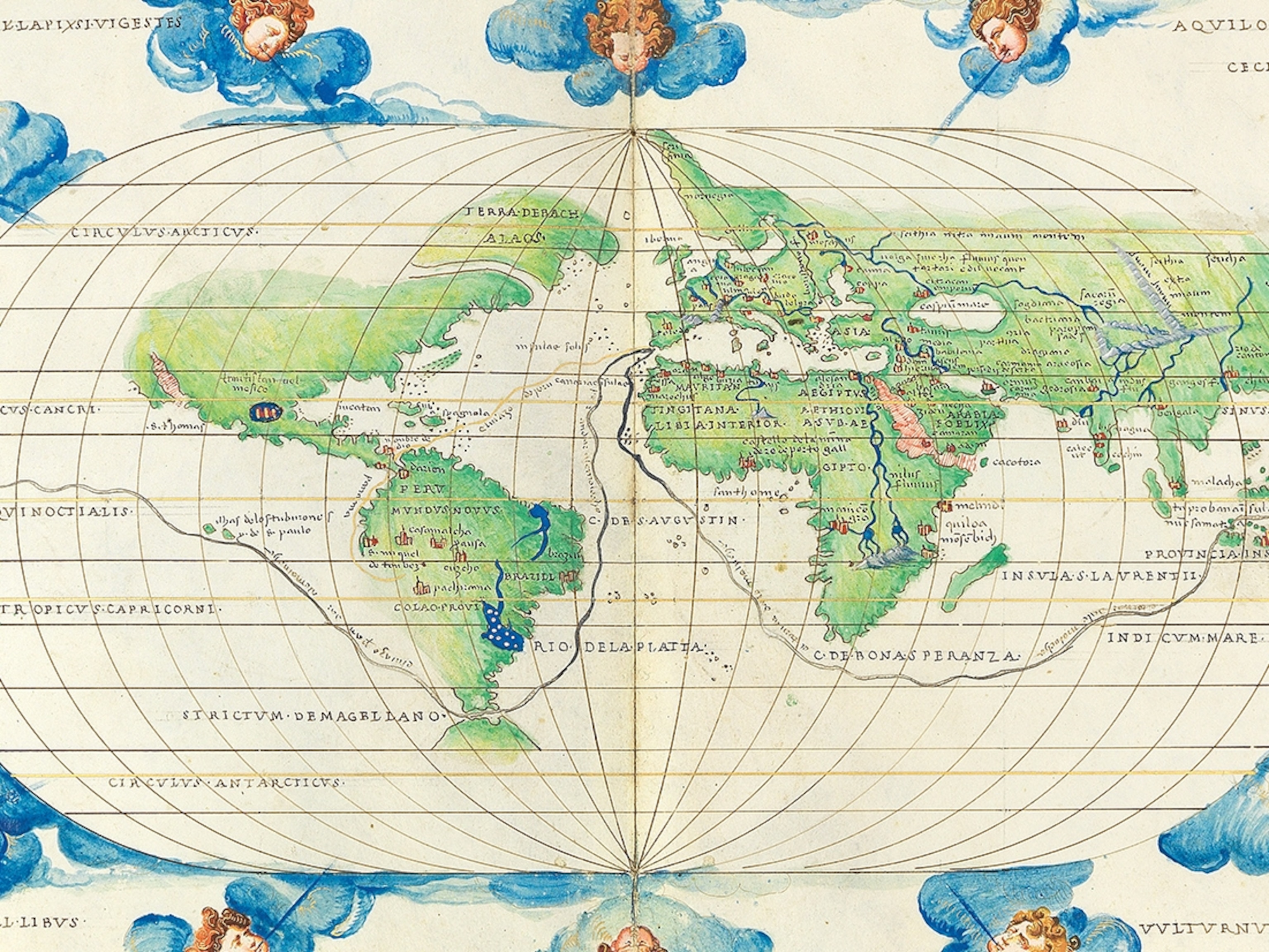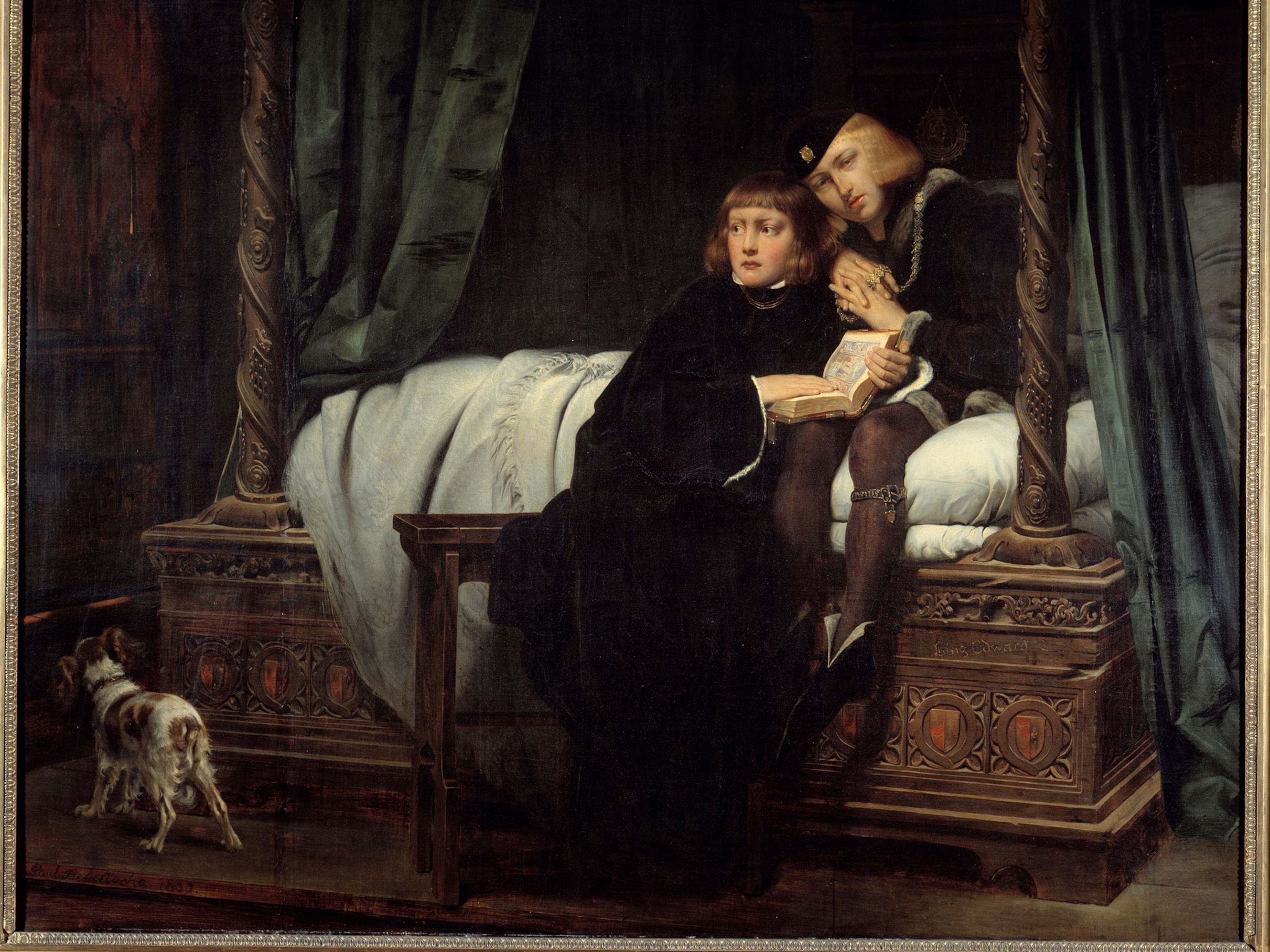
Rare Aztec Map Reveals a Glimpse of Life in 1500s Mexico
A colorful map shows how indigenous and Spanish cultures mixed after their worlds collided.
Early maps of the Americas made by indigenous people are rare—extremely rare. This map, dated 1593, is one of fewer than 100 such documents that have survived the ravages of time. It provides a fascinating glimpse into the early interactions between the indigenous people of Mexico and the recently arrived Spanish.
The map shows the land holdings and geneology of a family in central Mexico. It covers an area that runs from just north of Mexico City to just below Puebla, roughly 100 miles away to the southeast. The family, identified as “de Leon,” traced their lineage to the red figure seated in the middle of the image above, who was known as Lord-11 Quetzalecatzin. A century before the map was made, he was the major political leader of the region writes John Hessler, curator of the Jay I. Kislak Collection of the Archaeology of the Early Americas at the Library of Congress in a recent blog post about the map. Many other family members appear on the map too.
The map shows both indigenous and Spanish influences. “On the one hand, the map is a traditional Aztec cartographic history with its composition and design showing Nahuatl hieroglyphics, and typical illustrations,” Hessler writes, referring to the indigenous language of the region. The bold colors on the map come from natural dyes, including Maya Blue (made from indigo plant leaves and a type of clay) and carmine (made from a cactus-dwelling insect).
“On the other hand,” Hessler continues, “it also shows churches, some Spanish place names, and other images suggesting a community adapting to Spanish rule.” The names of several indigenous leaders include the Spanish honorific “don,” and the names of some, such as “don Alonso” and “don Matheo,” indicate that they’d been baptized with Spanish names.
The map provides a rare opportunity for scholars to study the earliest interactions between these two very different cultures. It was acquired recently by the Library of Congress, and it’s now freely available on their website, where you can explore it in detail.

If you’re interested in ancient maps, check out our posts on the largest world map created in the 16th century, and about why ancient mapmakers invented things to fill the empty spaces.
Follow All Over the Map on Twitter and Instagram.





